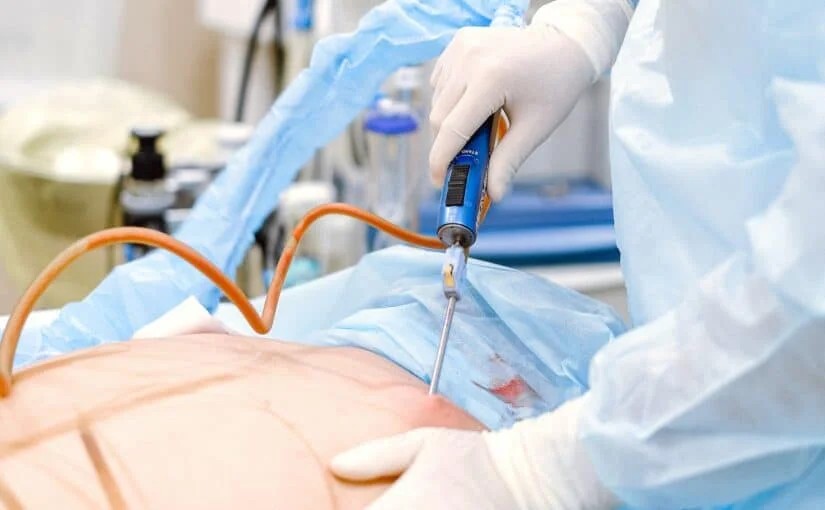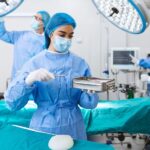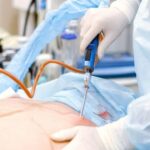
From Swelling to Strength: The New Science of Faster Post-Surgery Healing
Surgery is often necessary to repair damage, remove disease, or restore function. However, what follows surgery—the healing process—can sometimes be long and uncomfortable. After a procedure, the body goes through several stages: inflammation, tissue repair, and rebuilding strength. Each phase requires energy, proper blood flow, and oxygen.
Swelling, pain, and stiffness are common after surgery. They are natural signs that the body is working to protect the surgical area. But when swelling lasts too long, it can delay recovery. That’s why medical experts are now studying new methods that help speed up the body’s natural healing process and reduce discomfort. One of the most promising discoveries in this field is red light therapy after surgery.
The Role of Light in Recovery
In recent years, researchers have found that certain light wavelengths can improve healing. Red and near-infrared light, in particular, have shown remarkable effects on cells and tissues. When exposed to these wavelengths, the cells absorb light energy and convert it into cellular fuel. This helps them repair and regenerate faster.
Unlike medications that mainly manage symptoms, red light therapy works at a cellular level. It enhances circulation, reduces inflammation, and promotes collagen production, key factors that influence healing speed. For surgical patients, this means less swelling, less scarring, and quicker recovery time.
Reducing Swelling and Pain
Swelling is the body’s first response to injury or surgery. It protects the area but can also cause pain and slow down healing. Red light therapy has been found to reduce this swelling by improving blood and lymph flow. When fluids move freely, the body can remove waste and excess liquid more efficiently.
Additionally, light therapy helps reduce pain by lowering inflammation in the tissues. It supports the release of endorphins the body’s natural painkillers. This makes it easier for patients to move and begin gentle exercises sooner, which is important for rebuilding strength.
Restoring Strength through Circulation and Oxygen
For complete recovery, the body needs a steady supply of oxygen and nutrients. Proper circulation ensures that healing tissues receive everything they need to rebuild. Studies show that light-based therapies can improve circulation by widening small blood vessels and encouraging the formation of new ones.
This improved blood flow not only speeds up healing but also helps muscles and tissues regain their normal function. When patients regain movement early, they are less likely to experience stiffness or loss of mobility.
Modern Approaches to Faster Healing
Traditional post-surgery care involves rest, medication, and physical therapy. While these remain essential, science now supports additional methods that complement standard recovery plans. Light-based treatments, gentle exercises, hydration, and balanced nutrition all play a role in modern recovery.
Doctors and physiotherapists often recommend a combination of therapies based on the surgery type and patient’s condition. For instance, using light therapy along with mild stretching or massage may provide better results than relying on a single approach.
The Science behind Cellular Repair
The science behind light-based healing is fascinating. Red and near-infrared light penetrate deep into the skin and reach the mitochondria the powerhouse of the cell. The light stimulates the mitochondria to produce more energy (ATP), which powers cell repair.
This process also improves the body’s antioxidant defenses, protecting tissues from damage caused by inflammation. As a result, wounds close faster, scars become less visible, and patients experience less discomfort during recovery.
Supporting Mental and Physical Well-Being
Recovery from surgery isn’t just physical it’s emotional too. Long healing times can affect mood and confidence. Patients who recover faster often report feeling more positive and in control of their health.
Techniques that promote relaxation, such as breathing exercises, meditation, and gentle movement, can complement physical recovery. Combined with new scientific methods like light-based healing, they create a holistic approach that addresses both body and mind.
Nutrition and Lifestyle for Healing
Good nutrition plays a key role in post-surgery recovery. Foods rich in vitamins C and E, zinc, and protein help repair tissues and strengthen the immune system. Staying hydrated supports circulation and keeps the skin healthy, which is essential for wound healing.
Avoiding smoking and alcohol also improves recovery, as both can slow down tissue repair and reduce oxygen supply to the surgical site. Gentle physical activity, as advised by the doctor, can prevent stiffness and support circulation.
Looking Toward the Future of Recovery
The future of post-surgery healing looks promising with the combination of traditional and modern techniques. New research continues to explore how light, sound, and other forms of energy can stimulate faster recovery.
As technology advances, patients may soon have more access to non-invasive, safe, and effective treatments that reduce healing time. The goal is not just to recover from surgery but to regain full strength, confidence, and well-being in less time.
Final Thoughts
Healing after surgery can be challenging, but science is changing how we understand and support this process. From managing swelling to rebuilding strength, innovative approaches are helping patients return to normal life faster and with fewer complications.
As new discoveries unfold, one thing becomes clear: recovery is no longer just about resting it’s about actively supporting the body with the right tools, therapies, and mindset. By combining modern science with natural healing, the journey from swelling to strength is becoming smoother than ever.





